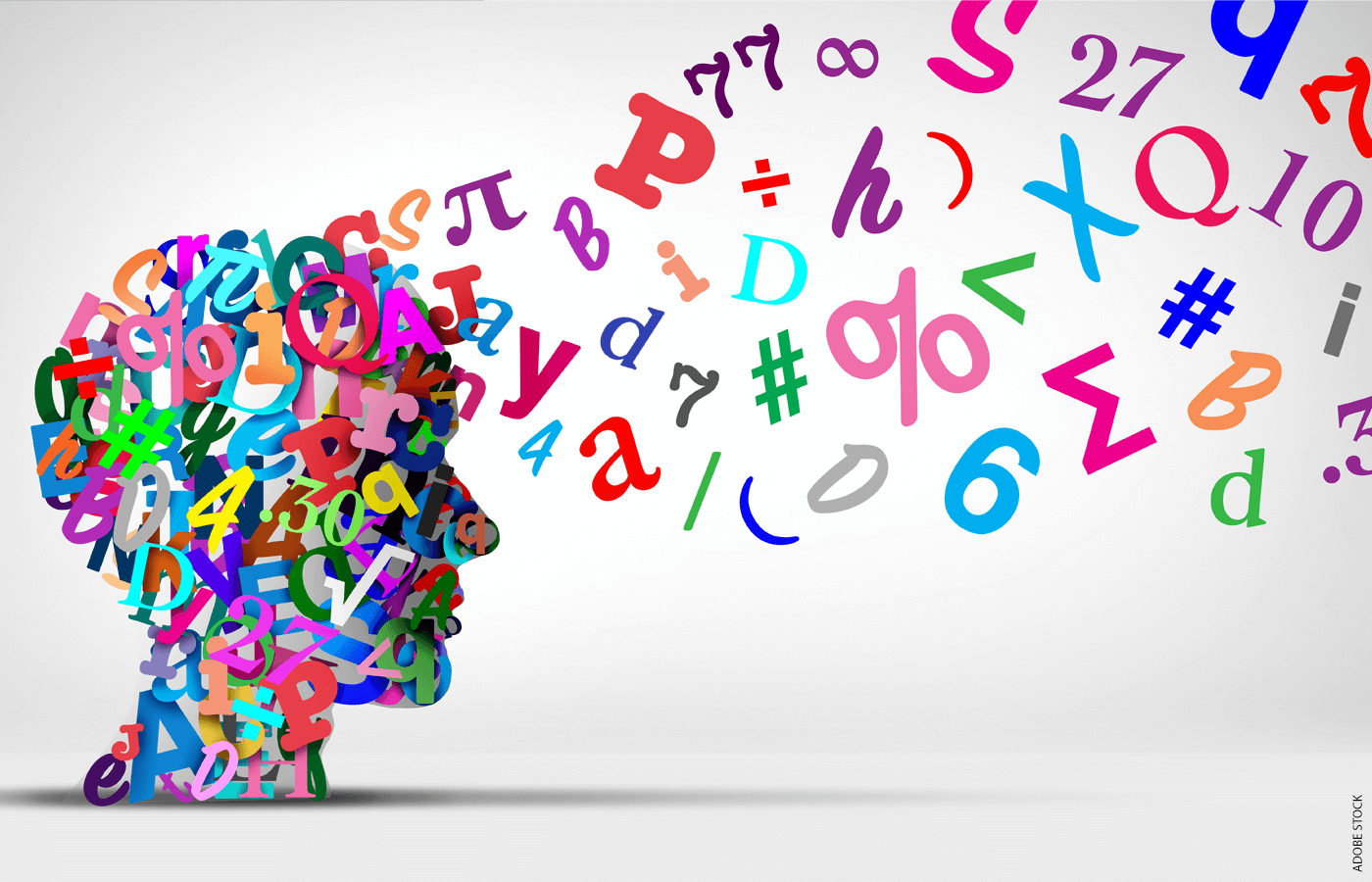
America’s students continue to struggle in mathematics. The reasons are multifarious and sometimes elusive, but our recent research suggests the difficulties may have less to do with the math itself and more to do with language.
Using a new AI-based platform we built as students (and now deploy at our startup ed-tech company M7E AI) that examines math curricula, we conducted an analysis of Illustrative Mathematics’ widely respected Grade 4 fractions unit—Unit 2: Fraction Equivalence and Comparison. Our platform applies seven linguistic criteria developed from over 330 peer-reviewed studies to evaluate the clarity of the language used to deliver and assess math content. We ran the unit’s 17 lessons and four assessments through the platform.
Here’s the kicker: Not one of the unit’s lessons or assessments fully passed the platform’s rigorous linguistic clarity check. Each contained multiple linguistic barriers that impede student comprehension. Such barriers disproportionately hurt multilingual learners, a group that comprises at least 10 percent of the U.S. K–12 schooling population.
In other words, the way lessons and assessments are written may force students to expend so much energy figuring out what the question is asking that they don’t have enough mental bandwidth left to focus on the math itself.
Our platform highlighted several recurring issues with language, including:
- complex conditional phrases that overwhelm students’ ability to hold and process information while trying to do the math.
- multiple embedded comparisons within single questions that complicate basic fraction concepts.
- inconsistent terminology and interchangeable use of key math terms, which force students to continually decode and relearn concepts and distract them from learning the underlying mathematics.
These linguistic challenges appeared throughout the curriculum: in warm-ups, activities, checkpoint assessments, and even in the culminating unit assessments. One typical fraction comparison activity, for instance, concealed the mathematical logic within convoluted hypothetical scenarios.
Original Example:
From Lesson 14 “Distances on Foot”:
“The ‘li’ is a traditional unit of length in China and some East Asian countries. Here are the walking distances between the home of a student in China and the places he visits regularly.
- school: 7/5 li
- library: 7/4 li
- market: 23/10 li
- badminton club: 23/12 li
Which is a shorter distance from the student’s home:
a) his school or the library?
b) the market or the badminton club?
c) the library or the market?”
Why This is Problematic: The original “Distances on Foot” problem required students to process an unfamiliar cultural unit (“li”) while also working through multiple location comparisons, including a “badminton club”—a sport-specific and culturally specific reference not universally familiar to all learners. It framed the scenario around a specific Chinese student, which relied on cultural pre-knowledge and could disengage students who did not connect with that context. These elements distracted from the mathematical goal by requiring students to interpret unfamiliar references before they could focus on comparing fractions. For multilingual learners, this additional layer of cultural decoding may increase cognitive load and create unnecessary barriers to comprehension.
Illustrative Mathematics is widely considered one of the best math curricula on the market. Our analysis suggests that it is good in both its mathematical rigor and conceptual organization. But it also reveals linguistic obstacles that research tells us can interfere with students’ ability to master mathematical concepts. The state of math curricula more broadly is likely much worse.
Our cursory surveys of a broader sample of math curricula across the country suggest a landscape that is even more confusing to students than what Illustrative Mathematics offers—curricula written without linguistic clarity in ways that violate well understood principles from cognitive science.
EdNext in your inbox
Sign up for the EdNext Weekly newsletter, and stay up to date with the Daily Digest, delivered straight to your inbox.
Returning to the “Distances on Foot” problem, how could that be fixed? Our AI platform was able to suggest the following changes in mere seconds:
Revised Example:
From Lesson 14 “Walking Distances”:
Rosa walks from her home to different places:
- school: 7/5 unit
- library: 7/4 unit
- store: 23/10 unit
- park: 23/12 unit
Which place is closer to Rosa’s home? Compare:
a) school or library?
b) store or park?
c) library or store?
Why These Changes Work: In our revision, “li” was replaced with a neutral “unit” to remove cultural specificity while keeping the math intact. Culturally specific references like “market” and “badminton club” were replaced with universally familiar locations such as “store” and “park,” ensuring the problem aligns with our platform’s Universal Theme criterion and does not rely on cultural pre-knowledge. The scenario was reframed around a student named Rosa to provide an accessible, relatable anchor for all learners without assuming familiarity with a particular place or activity. Consistent comparative language such as “Which place is closer?” and clearer number line descriptions ensure that students’ cognitive effort is directed toward fraction reasoning rather than decoding context.
There are various impediments to learning math that are challenging to address, but fortunately the linguistic problem no longer has to be one of them. We now have a solution thanks to good research and a big assist from artificial intelligence.
Abdirahman Guleed and Kedaar C. Sridhar are education entrepreneurship fellows at Harvard Graduate School of Education and the co-founders of M7E AI, an education technology platform that uses a research-backed framework to evaluate and revise K–12 math curricula for linguistic comprehension, ensuring that all students, especially multilingual learners, can access rigorous mathematical content without unnecessary language barriers.


